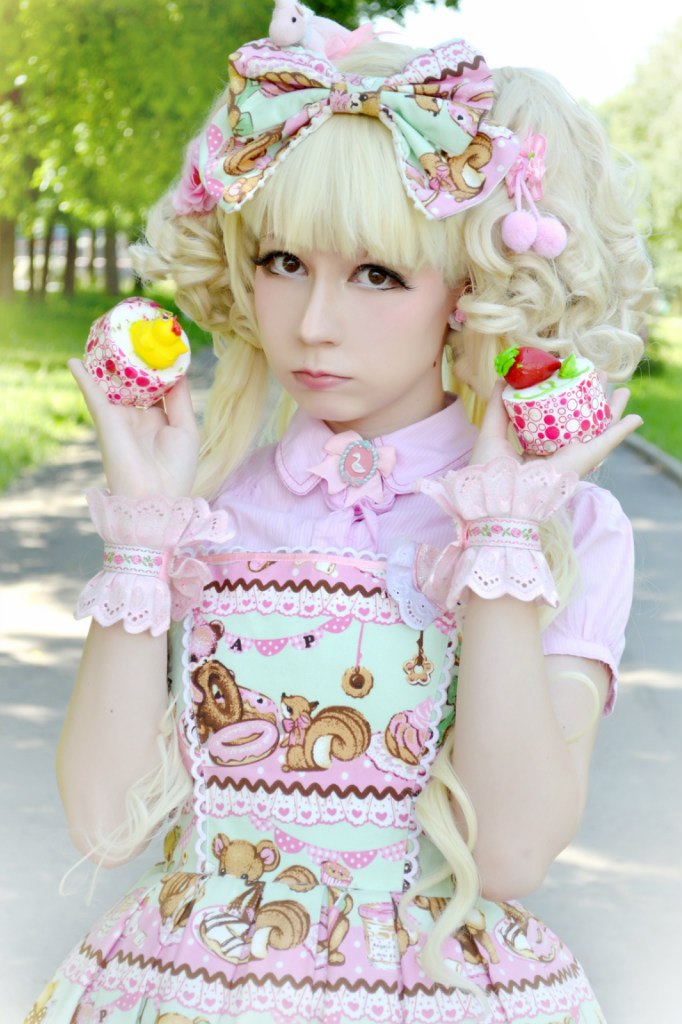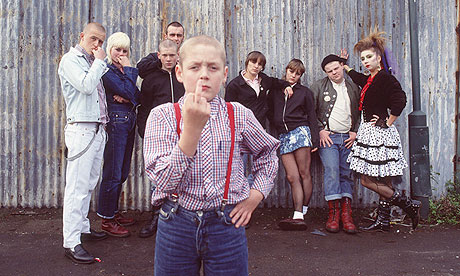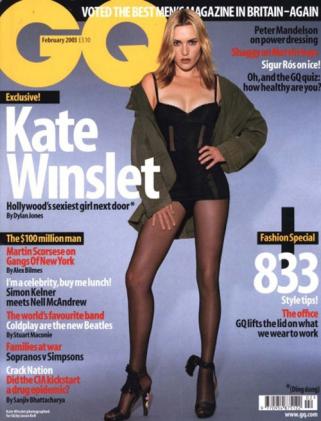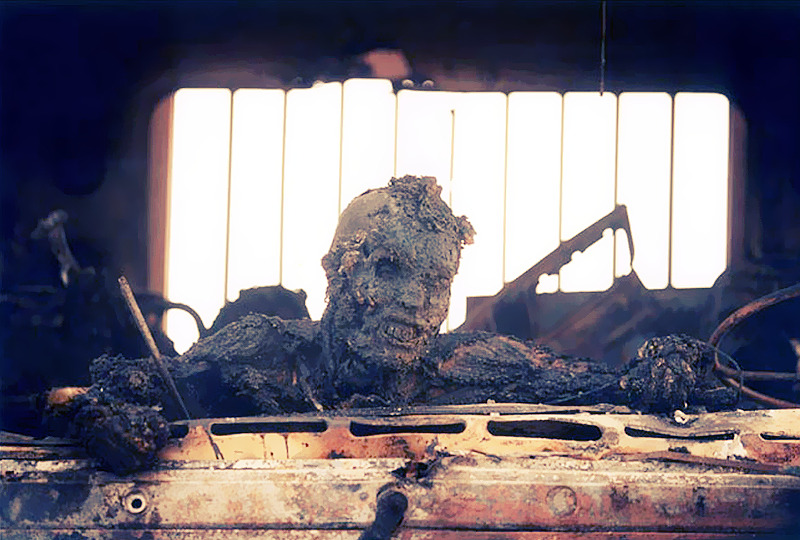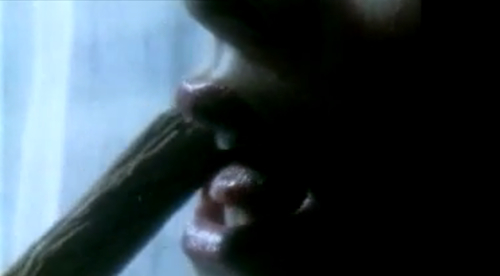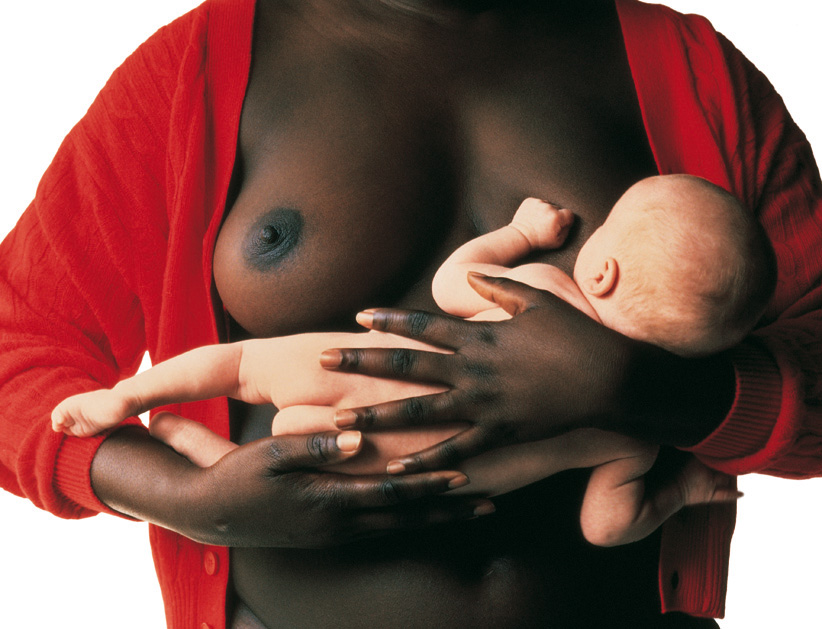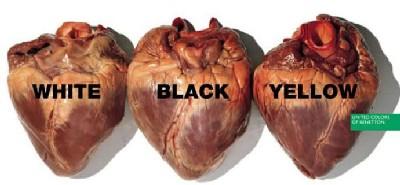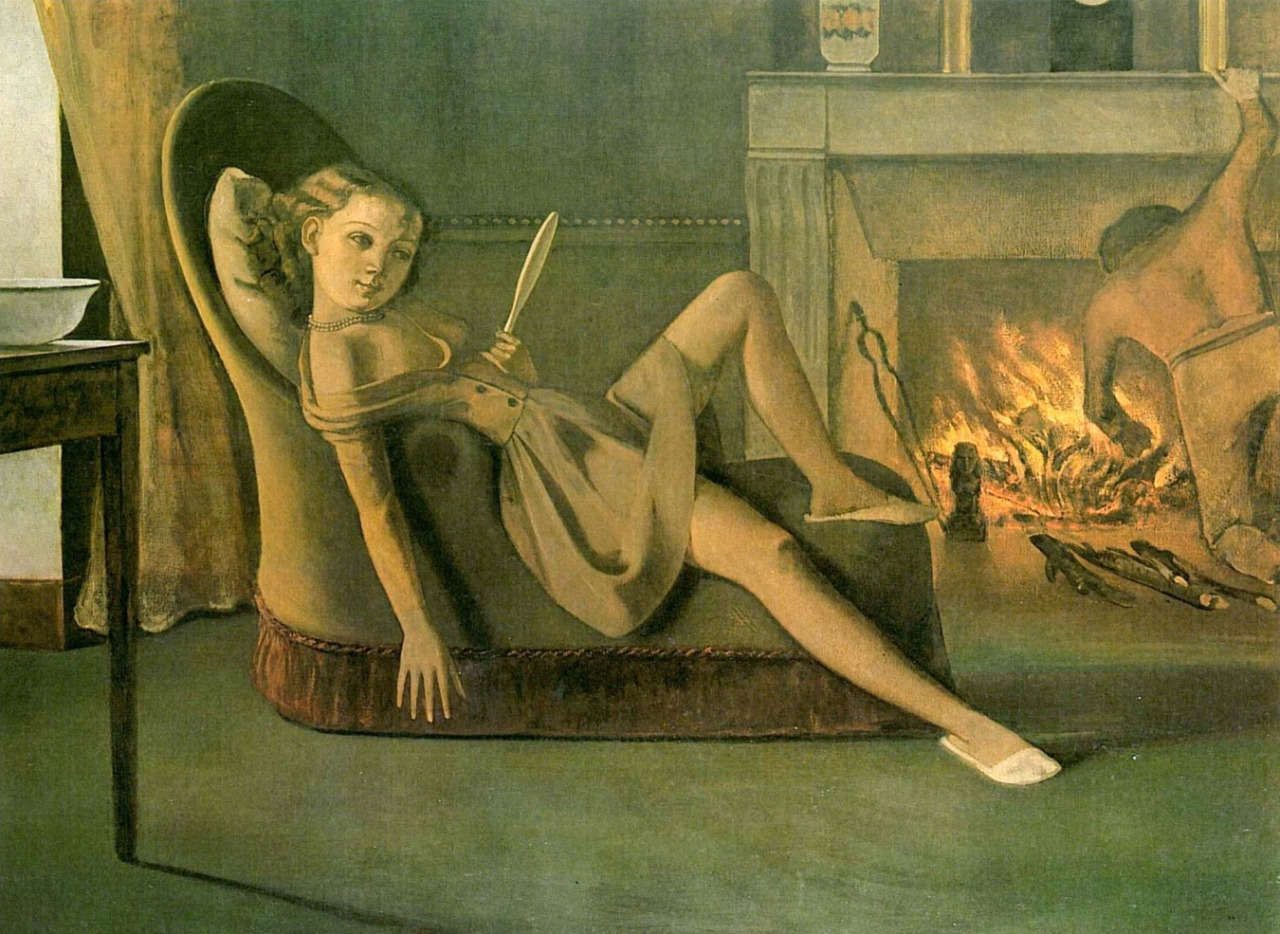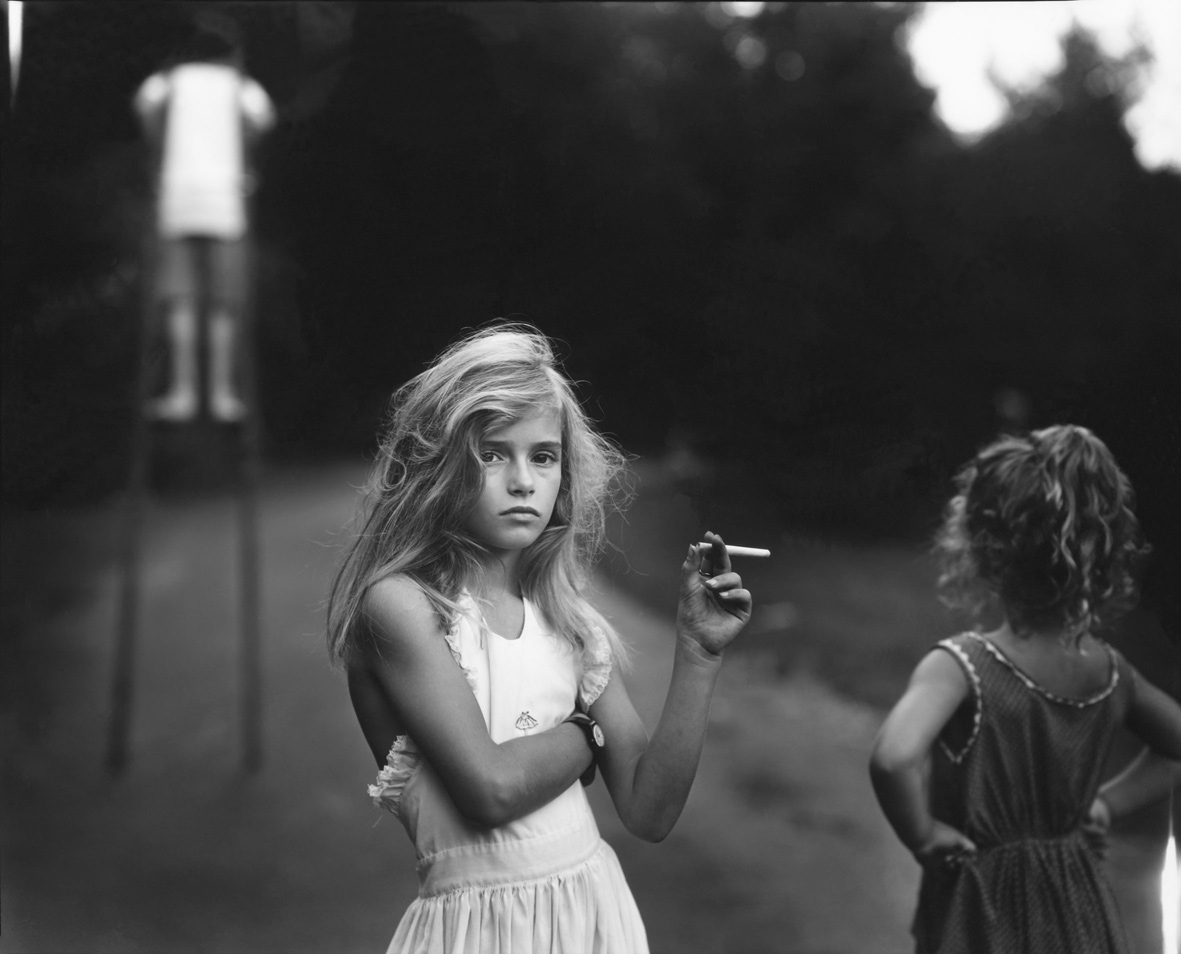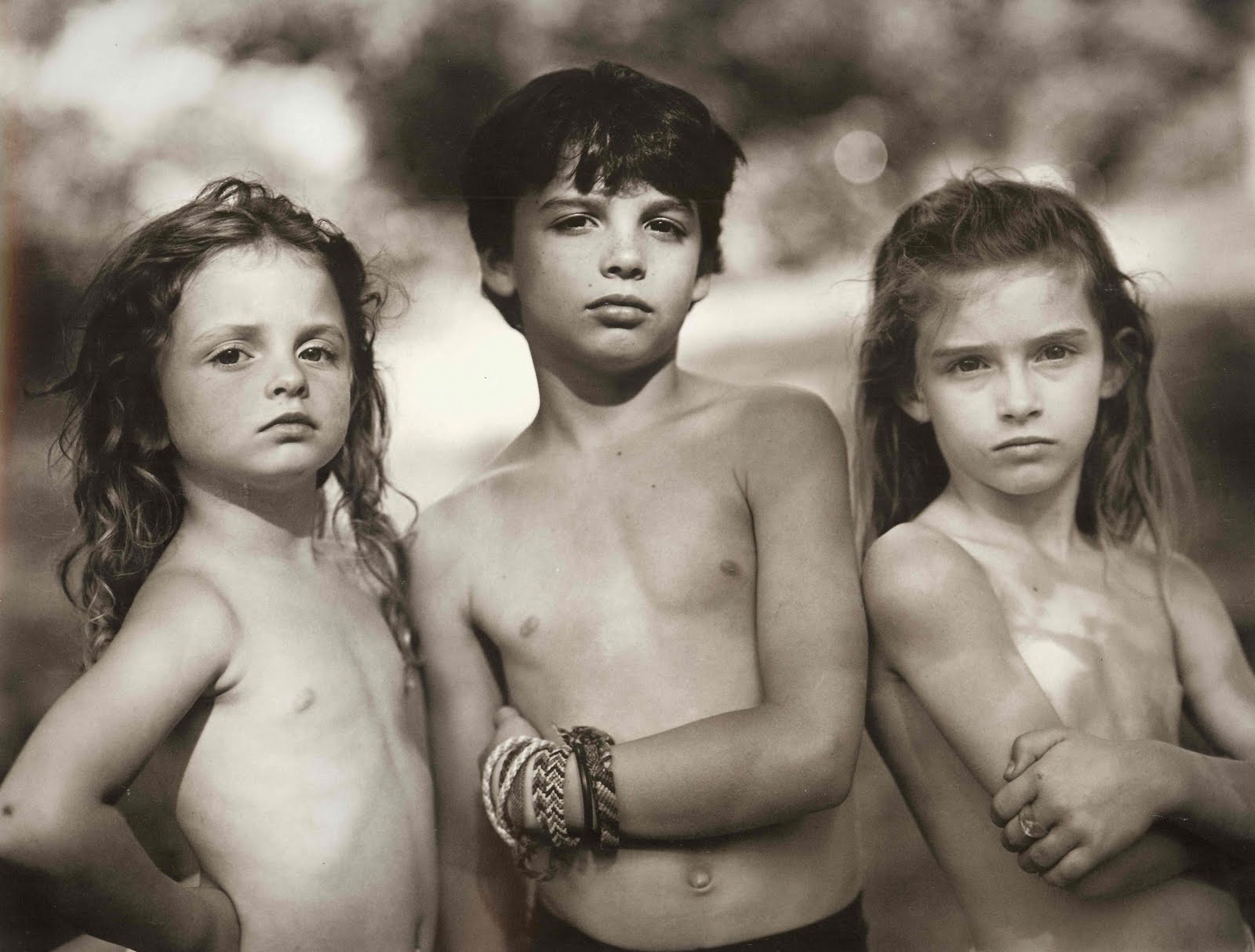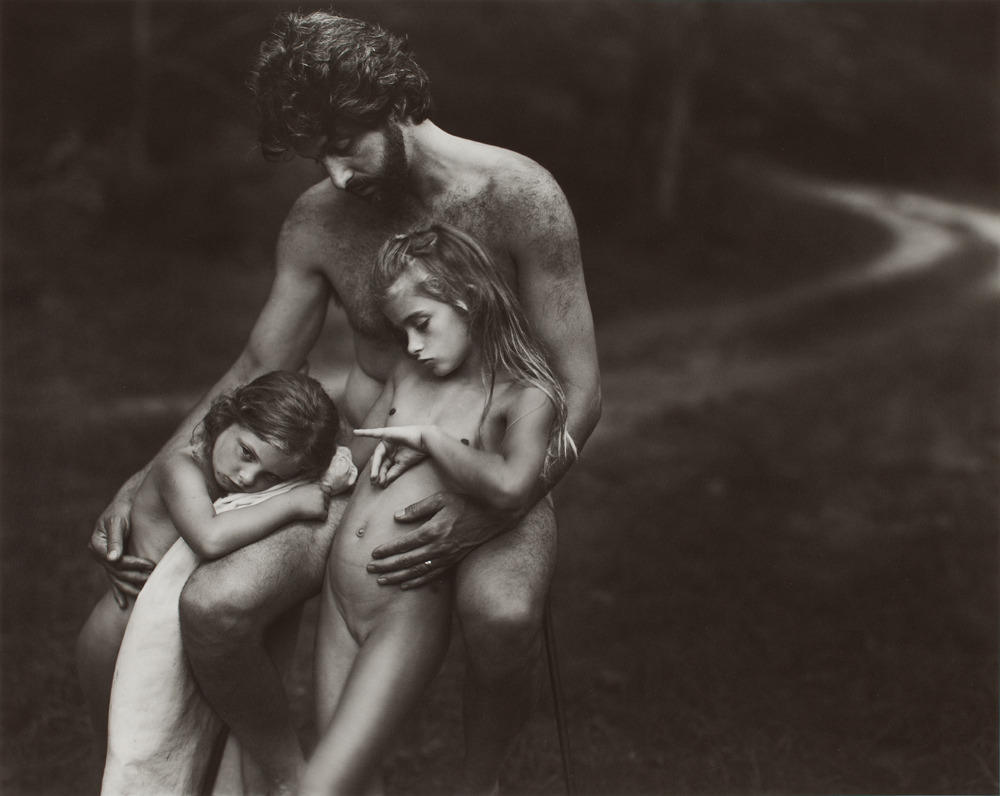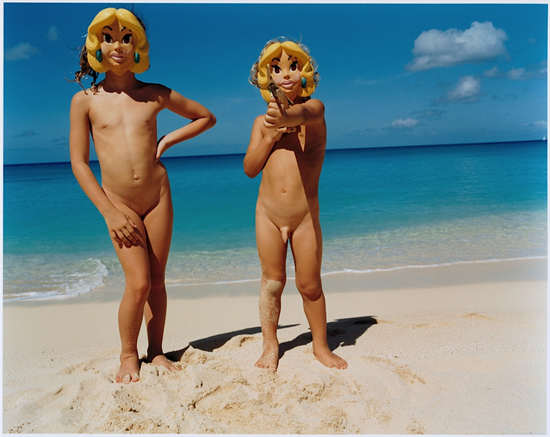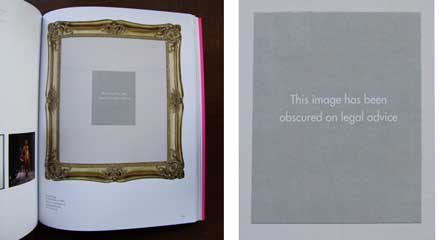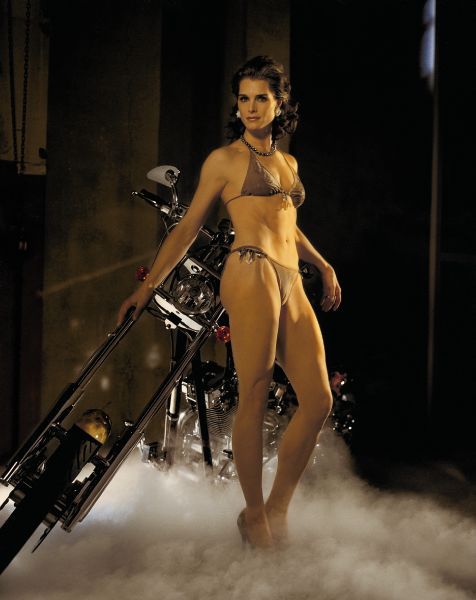Definition of subculture:
In sociology, anthropology and cultural studies, a subculture is a group of people with a culture (whether distinct or hidden) which differentiates them from the larger culture to which they belong.
Dogtown and Z boys (2001)
- Documentary directed by Stacy Peralta.
- Mixes original footage with more recent footage
- Documents how the history of skateboarding and how it evolves
- Skater Peggy Oki - female skater
- Not much difference in the ways the boys and girls dress in skateboarding - practical clothes
Ian borden 'Performing the City'
- Urban street skating is more 'political' than 1970's skateboarding's use of found terrains: street skating generates new uses that at once work within (in time and space) and negate the original ones
- Areas that are allocated for walking and traffic, but skaters redefine that, e.g. using a hand rail (usually seen as a safety mechanism) as a prop for the skater to challenge
South bank closure threat to skaters
- Proposals for redeveloping and turn it into shops, galleries, restaurants etc
- Wasn't specifically designed for skating, but has been adopted and proved to be an ideal environment
- After the petition, a proposal was put forward for an alternative space
- Henry Edwards-Wood - spokesman of the Long Live Southbank campaign
Lords of Dogtown (2005)
- "Skateboarders do not so much temporarily escape from the routinised world of school family and social conventions as replace it with a whole new way of life" (Borden:2001)
- A family is created within the subculture - this is looked at in the film Lords of Dogtown
Parkour / Freerunning
- Both activities are a performance of the city - a way of moving through the city without using traditional walkways, paths etc, or even using the body in the same way for traversing the city
- Parkour is more about the sportive activity, whereas free running is more about the creative use of the city
- Feel like superheroes
Jump London (2005)
- Documentary about parkour and free running
- Rebellion against the idea of space being defined for you
- Interruption to the everyday feel of the urban environment
Nancy McDonald 'The Graffiti Subculture'
- "Here (on the street) real life and the issues which may divide and influence it, are put on pause. On this liminal terrain you are not black, white rich or poor. Unless you are female, 'you are what you write'."
- McDonald suggest that women come to the subculture laden with the baggage of gender in that her physicality (her looks) and her sexuality will be commented on critically in a way that male writers do not experience, e.g. Miss Van
- Using graffiti as a way of identifying space and calling it your own. A way of claiming space.
Angela McRobbie and Jenny Garber
- Girl subcultures may have become more invisible because the very term 'subculture' has acquired such strong masculine overtones (1977)
- In postmodern subcultures overly feminine subcultural movements like the Lolita fashion are often assumed to be sexually suspect
Motorbike Girl
- Briggite Bardot 1960s
- Suggests sexual deviance which is a fantasy not reflective of most conventional real life femininity at the time
Hells Angels
- In rocker and motorbike culture girls usually rode pillion
- Wills 1978: girls did not enter into the camaraderie, competition and knowledge of the machine
- In this subculture women were girlfriends of the riders
Mod Girls
- Mod culture springs from working class teenage consumerism in the 1960s in the UK
- Teenage girls worked in cities in service industries for example, or in clothing shops where they are encourage to model the boutique clothing
- Hebdige outlines the hierarchies within the mod subculture where the 'faces' or the 'stylists' who made up the original coterie were defined against the unimaginative majority... who were accused of trivialising the mod style
Quadrophenia (1979)
- Depicts the tensions between mods and rockers in London
Hippy Girl
- Subculture arises through universities of the late 60s and early 70s
- Middle class girl therefore has the space to explore subculture for longer before family etc
- Space for leisure without work: encourages 'personal expression'
'Bad' hippy / 'good' hippy
- Janis Joplin vs Peace and 'flower power'
- Look at the idea of punishment for female rebellion
- Use of drugs with bad hippies
Riot Grrrl
- Mid 1990s onwards
- Underground punk movement based in Washington DC, Olympia, Portland, etc
- Feminist empowerment
- Involved in political movements
- Bands were about their performance and messages behind the songs, not how good they were at playing instruments
- Refernce to 1970's DIY punk ethic
- Influence by Dadaism
Media attention turns to Grunge scene
- Courtney Love and Hole
- Style without the subculture
- Distorts even further as the 90s continue into the more media friendly Spice Girls use of phrase 'Girl Power'
Spice Girls
- Band styling presents a set of visual 'types' that are easily consumable by the target audience
- There is no empowerment for young women as there is nothing but the reduction of young women to cartoon representations
Dick Hebdige 'Subcultre: The meaning of Style'
- Offence caused by lyrics and behaviour is important as it leads to questions about 'the parent culture'
- Subcultures start to represent all that is bad within society
- "Subcultures represent 'noise'"
The commodity form
- Subcultural signs like dress styles and music are turned into mass produced objects
- e.g. clothing which is ripped as an anarchic anti-fashion statement becomes mass produced with rips as part of the design
- When it reaches a certain level, it will be incorporated into the mainstream
A threat to the family?
- Demenisation of the punk
- All of the societies evils become projected onto the subculture
- Womens Own 1997 runs a feature on "Punks and Mothers", smiling, reclining next to the family pool etc
- Non political threat that ultimately will not disturb traditional values
Zandra Rhodes act White Gold Diamond Safety Pin Brooch
- Punk styles are turned into "to shock chic" which marks the end of the movement as a subculture
- The idea that the original object is designed to hold a nappy together and protect the skin from being pierced. The punks reversed the concept of the safety pin by purposely piercing the body with it, but then it becomes incorporated into consumer high fashion
Bricolage: Edwardian Style - Saville Row - Teddy Boy
- Development of style within working class groups and how it trickled down from the upper ends of society
- Teddy Boy clothing
- Idea of working class incorporation of more middle class form of dress
Roger Mayne (1956)
- Escape from the claustrophobia of the family into the street and 'caff'
- Girls had to be careful not to 'get into trouble' in the 1950s
Chris Steele-Perkins - 'The Teds' (1979)
- Looks at the tendency of how people who have been involved in subculture hand onto it beyond their youth
Skinhead Culture
- racists give Nazi salute in London, 1980
Gavin Watson 'Skins' (1980s)
- Influence the portrayal of skinheads in films
This is England (2006)
- Shane Meadows
- The new kid on the estate transforms into a British skin
- His new friends become a surrogate family
- The film documents his journey into the skin head group
- The film explores the political influence in the skin head culture in britain in the 1980s.
- The difference between the skinhead style and the politics of the National Front skins as they infiltrate the working class
- Combo beats up Milky - disturbing scene, but instigated by Milky's invitations for Combo to come to dinner at his house. Real representation of how Combo can't comprehend the idea of someone being 'other' to him, by their race. Combo can't face the idea of how Milky is from another race.
Post subcultures - becoming increasingly difficult to pinpoint what 'subculture' actually means.
Health warning!!!!
Some images might be found distasteful or shocking.
✿✿✿✿✿✿✿✿✿✿✿✿✿✿✿✿✿✿✿✿
Ansel Adams, Moonrise Hernandes New Mexico, c. 1941-2
Essential fine art photographer
Classically beautiful image
Ansel Adams, Moon Over Half Dome, 1960
Years before digital photography - film photographs couldn't be manipulated.
Ansel Adams, Aspens
Slight difference - use of the same negative over and over again, but processing the film with different amounts of time to create completely different images.
For more than seven decades, until the fall of Communism, Pravda, which ironically means 'truth', served the Soviet Communist party
Stalin with, and without, Nikola Yeshov
Stalin with, and without, Trotsky
9/11 photograph
manipulated in photoshop, to make it look as though it was taken on 9/11.
Manipulating also occurs in advertising and on the covers of magazines.
Kate Winslet on the cover of GQ magazine had her legs elongated in photoshop.
Robert Capa, Death of a Loyalist Soldier, 1936
If you research into Robert Capa, he isn't even called Robert Capa at all - this was a pseudonym that he made up in order to create photographs. In folklore, Robert Capa was American, but he was actually European.
Death of a Loyalist Soldier is an image that Capa created - is this an actual image of the death of a soldier, or has it been set up? Apparently, it is the actual death of the soldier, as they found a contact sheet displaying a series of photographs of how the soldier died. However, the soldier wasn't killed in mortal combat, but during the siesta when he was seen running down the hill by the enemies - he was running down the hill for Capa to photograph.
Capa's photograph was published in a number of French magazines, such as Vue Magazine.
"With lively step, breasting the wind, clenching their rifles, they ran down the slop covered with thick stubble. Suddenly their soaring was interrupted, a bullet whistled - a fratricidal bullet - and their blood was drunk by their native soil"
Jean Baurillard, Simulacra and Simulations, 1981
Post-modern thinker who writes about representation in the post-modern era.
1. It is the reflection of a basic reality
2. It masks and perverts a basic reality
3. It masks the absence of a basic reality
4. It bears no relation.....
'In the first case.......
Peter Turnley, The Unseen Gulf War, 2002
He writes substantially about the first Gulf War. Talks about how photography was controlled and censored in order to portray the representation of truth that the government didn't want you to see.
Talks about the "mile of death" which took place when the war ended and about the scenes of carnage that he witnessed and the fact that he wasn't allowed to show them.
'I feel it is important and that citizens have the right to see these images.'
The "mile of death" happened during 25th and 26th february where an allied aircraft strafed and bombed a stretch of the Jahra Highway.
'It is a masquerade of information: branded faces delivered over to the prostitution of the image' - Baurillard, The Gulf War Did Not Take Place, 1995
Turnley is trying to get away from the idea of a simulated war - the media event - and show real images of carnage and death.
None of these images would usually be shown in the image, with the exception of one image by Ken Jarecke.
Ken Jarecke, Iraqi Soldier, 1991
One of the first truly shocking images captured in colour and placed on the front of newspapers. It was thought of as too true, as people don't want to know about reality and what goes on.
How much truth do we want? Do we want an accurate representation of truth? Or do we not want all the details to be revealed?
An-My Le, Small Wars
Uses a mixture of black and white photography and colour.
Beautiful images, yet showing carnage and destruction. Is it hiding the truth of war?
Very different representation of war.
✿✿✿✿✿✿✿✿✿✿✿✿✿✿✿✿✿✿✿✿
Censorship
Theodore Levitt, The Morality (?) of Advertising, 1970
Bleak perception of the world and life
Censorship in advertising goes back a long way.
Cadbury's Flake, 1969-1982
Played on sexual ambiguity. Or does it?......
A lot of it is seen as rantings from certain individuals.
Advertising as an industry is self-guarded in terms of censorship.
Oliviero Toscani, United Colors of Benetton, 1992
Questioning notions of racism, religion and sexuality.
Cook, G (1992), The Discourse of Advertising
Phillips, M.J. (1997), Ethics and Manipulation in Advertising: Answering a Flawed Indicment
Opium advertisement, photographer Stephen Messeil
Sexually subjective - caused a lot of offence across the media. Seen as being quite sexualised as an image, and the notion of being in some sort of ecstasy because of the drug opium. A big issue with the photograph was that you could see a nipple - it isn't as offensive if you take the nipple away.
Agnolo Bronzino, Venus, Cupid, Folly and Time, c. 1545, Oil on wood
Famous for a number of reasons - culturally significant as it was used in Monty Python. The bodies have been distorted and aren't anatomically correct.
A feminist points out that what you are seeing is mythological subject matter, but it is representing the idea of Venus and Cupid being mother and son yet they're being sexual with one another - is it acceptable to look at pictures of incest in the art gallery?
Balthus, The Golden Years, c. 1945
Balthus, Therese Dreaming, 1938
Highly sexualised images of young girls - hints of sexualisation going on. Represents an uncomfortable ground.
Amy Adler - The Folly of Defining 'Serious' Art
- Professor of Law at New York University
- Looks at 'an irreconcilable conflict between legal rules and artistic practice'
- The requirement that protected artworks have 'serious artistic value' is the very thing contemporary art and postmodernism itself attempt to defy.
- Jeff Koons' artwork stands up as an example of this, but who is it to say what serious artistic value is?
'The Miller Test', 1973 - asks three questions:
1. Whether the 'average' person, applying contemporary community standards' would find that the work, taken as a whole, appeals to the prurient interest
2. Whether the work depicts or describes, in a patently offensive way, sexual conduct
3. Whether the work, taken as a whole, lacks serious literary, artistic, political or scientific value
Obscenity Law
- 'To protect art whilst prohibiting trash'
- 'The dividing line between speech and non-speech'
- 'The dividing line between prison and freedom'
Sally Mann, Candy Cigarette, 1989
Picture of a child not actually smoking a cigarette, but is this encouraging smoking?
Photographs her own children and documents their childhood.
Sally Mann, Immediate Family, 1984-92
Documenting her family growing up - been questioned whether it is damaging to the children or not? Is it almost a kin to child pornography?
Tierney Gearon, Untitled, 2001
Displayed in the Saatchi Gallery - had to close the gallery whilst police investigated the photos as they received a lot of complaints.
Completely innocent photos, apparently never staged. A lot of elements of gaze theory tie in with the photos - but really it's just photos of her children naked on the beach or in the bath.
Questioned by the Protection of Children Act.
Nan Goldin, Klara and Edda Belly-dancing, 1998
Image of friend's children playing. Removed from the gallery as it was too revealing.
Richard Prince, Spiritual America, 1983
Photoshoot of Brooke Shields, which her mother allowed to go ahead.
Appeared in an adult men's magazine - not strictly pornography, but veered that way.
Spiritual America, as censored in Tate's Pop Life exhibition catalogue
Richard Prince, Spiritual America IV, 2005
To address the balance, Brook Shields asked Richard Prince to photograph her in 2005 to claim back her own body. Is this addressing the balance at all?



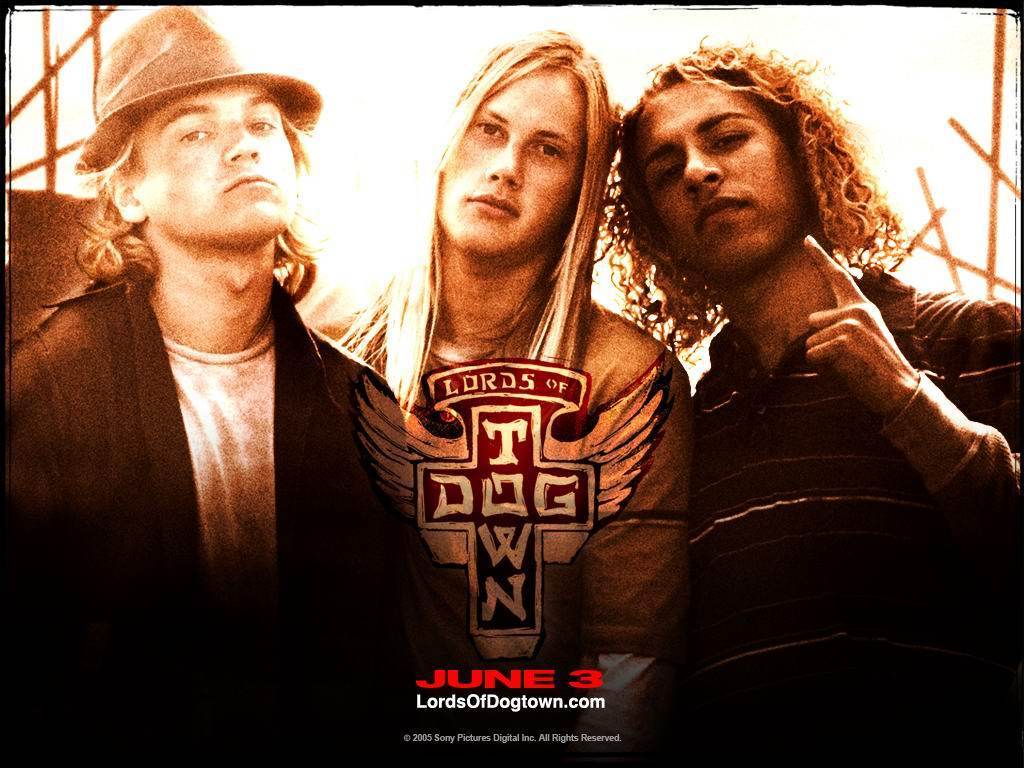


.jpg)
